Setting effective data standards for new mobility providers
When transportation network companies like Uber and Lyft came into cities earlier this decade, they refused to share data with cities, which has presented a major challenge for cities trying to assess their impacts. As new modes such as bikeshare, microtransit, and automated vehicles enter our communities, will this happen again?
Transportation network companies (TNCs) such as Uber and Lyft have been operating in many cities for the greater part of a decade. Though they’ve changed the face of transportation, cities are still trying to determine whether (or how) TNCs are adding to congestion, cannibalizing transit or active transportation, or affecting equity. This is principally due to the fact that these companies have largely refused to share data with the communities they’re operating within. Without this clear understanding, cities haven’t been able to respond accordingly and mitigate any negative impacts of these technologies—or foster beneficial ones.
Whether it’s protecting trade secrets, consumer privacy or fear of public data requests, or even that it’s cumbersome and cities don’t know how to use the data, TNCs have provided countless justifications for withholding this information. Unfortunately, this approach has set the tone for other startups and new mobility operators.
As cities consider how to permit, procure, and deploy new mobility options such as microtransit, bikeshare, or automated vehicles (AVs), strong data-sharing requirements will allow cities to better understand and adapt to their impacts and proactively plan for their future. It’s also a critical tool for collaborating and sharing their experience with other communities as cities collectively determine best practices for implementing these technologies.
Through tools such as General Transit Feed Specification (GTFS) and General Bikeshare Feed Specification (GBFS), cities have been able standardize and share data with each other and improve their internal operations. At the same time, organizations such as Shared Streets are working to develop a universal language so cities, private companies, and others can be assured they’re talking about the same things in the same way.
To enable more consistent data sharing between the public and private sector and across communities, during our next Smart Cities Collaborative meeting this July in Seattle, we’ll start developing a set of data sharing standards for new mobility options. This process will begin by determining the outcomes cities want from these new modes, and then identify what data cities will need to track, the data they’re currently collecting, and which data are being created by each new mode that they’re not currently collecting. From this we’ll determine a baseline set of data that cities should be requiring from each of these modes.
What are cities in the Collaborative already doing? We spoke with a few of our member cities to see how they’re approaching data collection for bikeshare, microtransit, and AV pilots and what they’ve learned so far.
Bikeshare
While cities have struggled to negotiate data sharing contracts with TNCs, they’ve found more success with new modes when they’ve been able to set the tone of these conversations with a clear vision of what they want.
Cities have done a good job of this with bikeshare providers. In Washington, DC, for example, the city began its Capital Bikeshare program with fairly robust data collection, but hadn’t figured out how to use it yet. Often this had to do with data reporting that was not refined to be most helpful to the city, or that the city did not have a consistent standard for talking about the specific data it was receiving. Over the course of the program, “we’ve gotten better at sharpening our pencil to define, for example, what counts as a trip,” says Kim Lucas, Bicycle and Pedestrian Program Specialist at the District Department of Transportation (DDOT). “We’ve used an iterative process to tweak our methodology over time and understand those nuances,” in order to improve data collection practices.
In 2017, when DDOT began to develop terms for a dockless bikeshare pilot program, it applied its lessons learned for these new operators, but also took the opportunity to look at additional data that could be gathered as well. “We’ve gotten a lot out of freely available data with Capital Bikeshare. With dockless, we knew there was a desire to have publicly available data from our community, so we took suggestions to understand the data they want and how they would want it,” says Lucas. Both in the city and the community at large, open data from bikesharing had become part of the culture, and DDOT leveraged their past experience and current community needs to set a clear standard for the data new providers would have to share.
DDOT isn’t alone in using its authority to set clear and consistent data standards for new dockless bikeshare operators. The Seattle Department of Transportation (SDOT) published its bike share permit requirements last June, which set out a clear framework for their operations and established what data companies would need to provide. Since then, cities such as Chicago, San Francisco, and Los Angeles have created their own permitting processes that similarly govern data collection and sharing, often similar to Seattle’s model.
Microtransit
While cities are comfortable setting the terms for deployment with bikeshare and are learning and borrowing from one another, this comfort has not fully crossed over into other modes.
The City of West Sacramento, CA launched a microtransit pilot in May with Via. Through the pilot, the city receives data on pickup and drop-off location requests, the number of passengers per ride, travel time and distance, fares paid, whether a wheelchair accessible vehicle was used, and aggregated data on ridership trends.
In determining the data to collect, the city “developed an agreement for a discrete dataset that we knew we wanted, but also built in language committing Via to work in earnest to provide additional data (or a sufficient proxy) as other available data emerges over time—whether unforeseen or otherwise excluded—which could inform broader transportation planning and investments decisions,” says Sarah Strand, Assistant Transportation Planner for the City of West Sacramento. The city set out initial terms for data collection, recognized that it would need more, and built that into the contract in order to enable the program to evolve to further help it understand the impact of this new mode.
If the provider isn’t willing, setting these terms isn’t enough. Last year, Lone Tree, CO launched its Link On-Demand service in partnership with Uber to provide shared, on-demand rides throughout the city. While the pilot was one of the first of its kind, it only got off the ground because the city backed down on its data concerns.
“We had to make a choice—were we going to let data stop us from doing the pilot?” says Jeff Holwell, Economic Development Director for the City of Lone Tree, recalling initial conversations with Uber. While the city was able to launch a pilot, and is able to receive some data because pilot vehicles are city owned, it’s not getting the necessary information to fully understand how well the pilot is operating and how it might be improved, scaled, or iterated over time.
This is a problem not only for the city, but for the many other communities interested in similar pilots for on-demand, dynamically routed vehicles. These are brand new technologies that both the public and private sector is still figuring out how to operate. Without this data, cities won’t know how to replicate similar projects in their own communities or modify them to unlock the positive benefits of these technologies. Instead, companies know cities want these technologies in their communities and use the leverage to bully them into agreements that are entirely on their terms.
Automated vehicles
Like many TNCs and some microtransit providers, AV companies have also been extremely reluctant to share their data.
Some cities, such as San Jose, CA, are working on AV pilots with robust and flexible data sharing agreements. Last year, the city released a Request for Information (RFI) for an AV demonstration project. Since the release, the city has worked with potential providers to clarify its goals of increasing transit and reducing single-occupancy drivers, while addressing the larger question of how well AVs operate in the right-of-way. “The question we’re asking is, what impact will AVs have and how can we make it positive?” says Jill North, Innovation Program Manager with the City of San Jose.
To answer this, San Jose is prioritizing providers that are willing to help by sharing their data. “We want to collaborate and figure things out together,” says North of the city’s plans for data collection. “We want a provider we can learn with and help us understand the correlations we’re not thinking about.” With clear outcomes in mind, the city will keep its data sharing open and fluid to learn and adapt along the way.
Information from San Jose’s pilot will help other cities design their own AV projects. And while San Jose has been very intentional in using its authority to get the data it needs, unfortunately this represents a stark difference from other cities with AVs testing in their communities.
In Tempe, AZ and Pittsburgh, PA, where data sharing wasn’t required as an initial part of testing agreements, they have struggled to understand how and where these vehicles are operating in their communities, as evidenced by Uber’s refusal to share data in the immediate aftermath of the crash that killed Elaine Herzberg in Tempe, AZ in March 2018.
Refusing to require or share data, especially on disengagements and crashes, not only harms the communities developing best practices and considering street redesigns to accommodate these vehicles, but also prevents other operators from learning from potentially fatal crashes.
Preventing a race to the bottom
Private providers are gathering data and learning everywhere they’re testing, but cities are not. When cities don’t get data from these private providers, it not only hamstrings their own ability to adapt to these modes, but it hurts other cities when they’re unable to learn from each other. Even if they don’t know the entirety of the data they want from private providers, they can begin the conversation with clear outcomes in mind and set the stage for success.
Additionally, in order to increase their leverage, cities, transit agencies, and others need to stand together on the need for data in their regulations, permitting processes, and procurement to realize the potential and understand the impacts of these new modes.
Working together will also prevent a race to the bottom where companies run rampant through our communities and share zero data. Cities like Lone Tree should not have to be in a position where they are forced to choose between running a pilot and receiving helpful data. Private providers need to be partners in the cities they’re operating in, and they should not be able to freely roll into cities, testing their products in the public right-of-way without providing any data in return to local governments.
This requires the public and private sector to come together on data sharing and determine a way forward that benefits both parties. Local governments need to truly understand what’s happening in their communities and work to optimize and harmonize these new modes. Private sector companies will also benefit as providing data can help cities tie these new modes to transit, upgrade the appropriate infrastructure, develop new policies for curb management, encourage modal shift, and more.
Recently developed dockless bikeshare and scooter permit processes and regulations are showing that cities and the private sector can work together effectively and in a way that meets both their needs. In order to realize the full benefits of this technology, and to enhance safe, equitable, and affordable transportation access in communities across the country, cities and the private sector will need to replicate these lessons for additional modes.





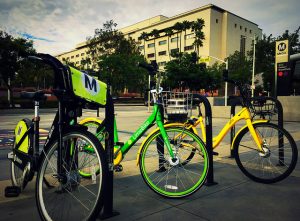
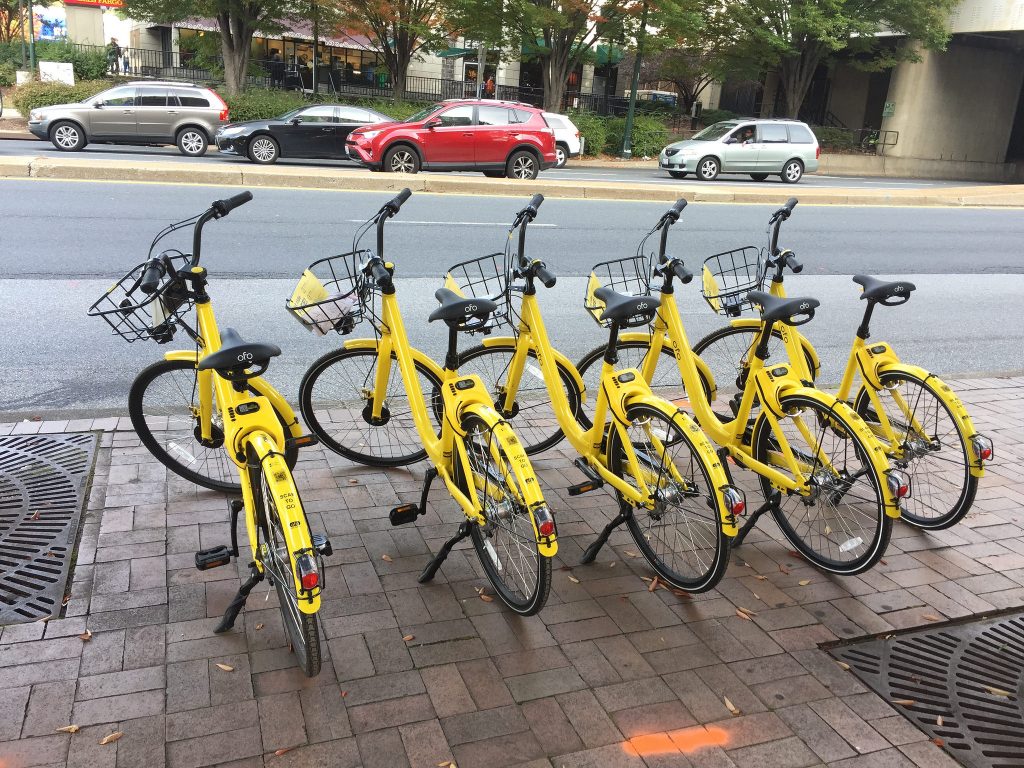
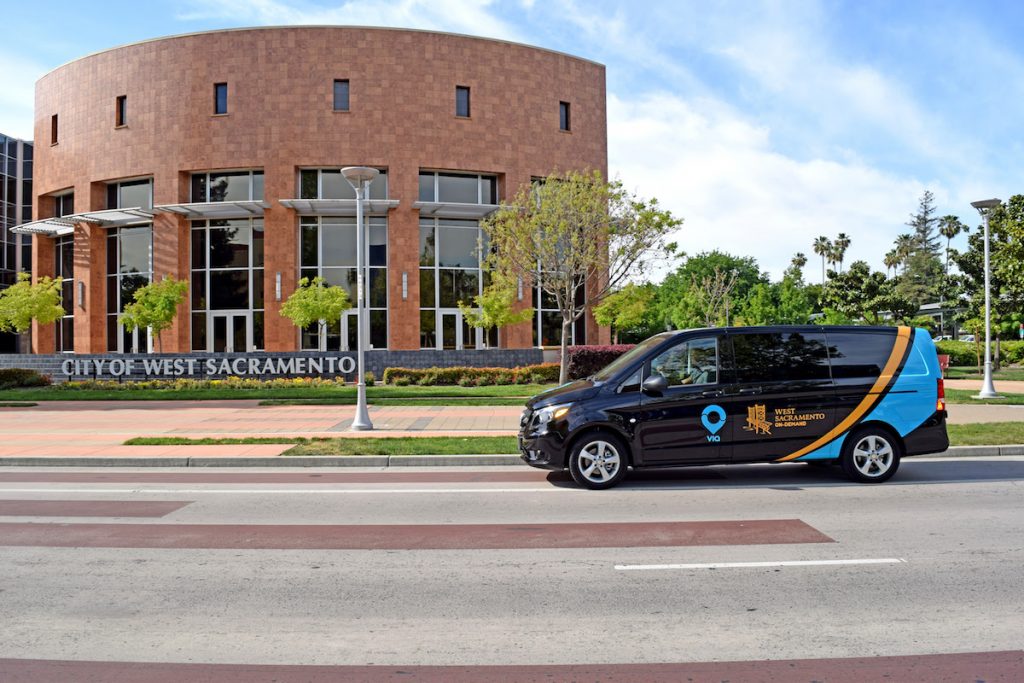
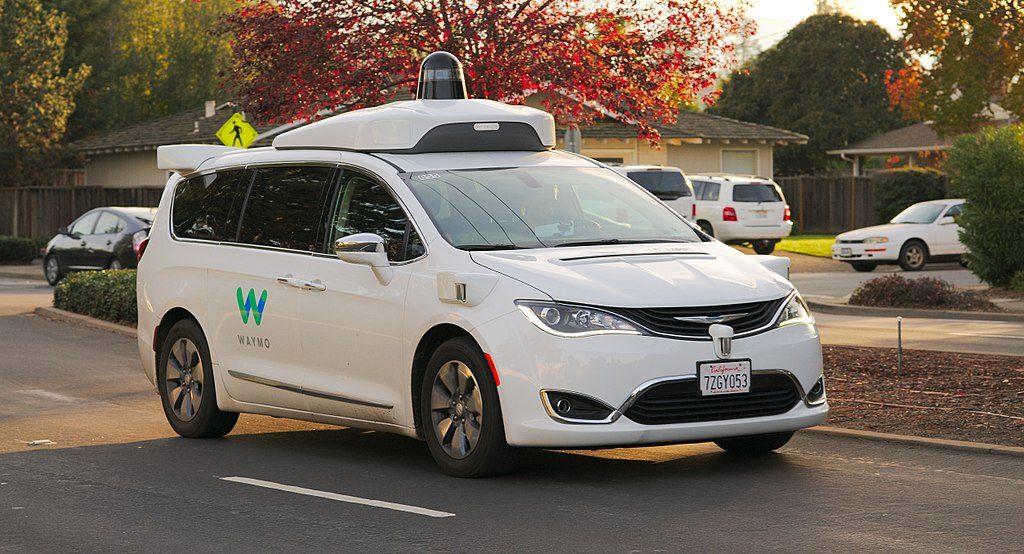










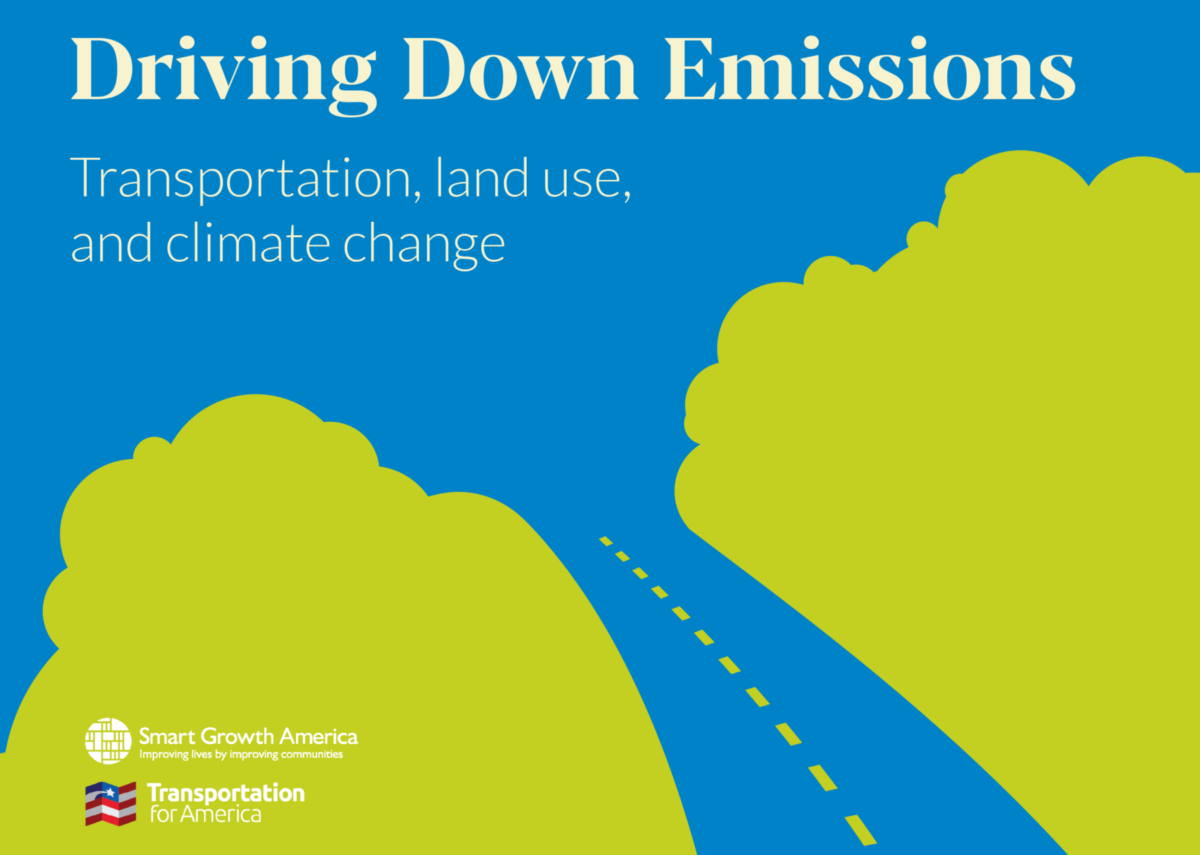
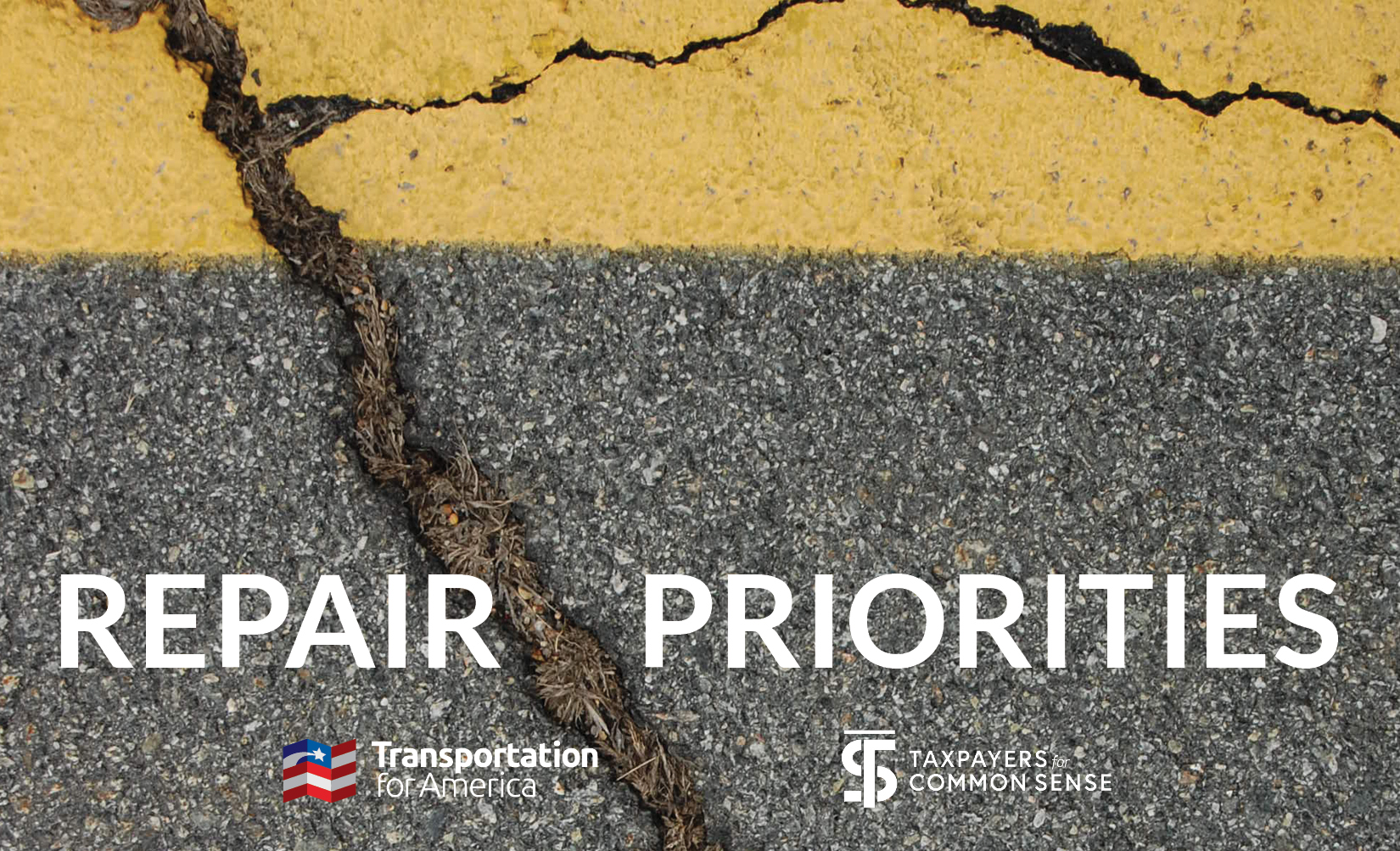
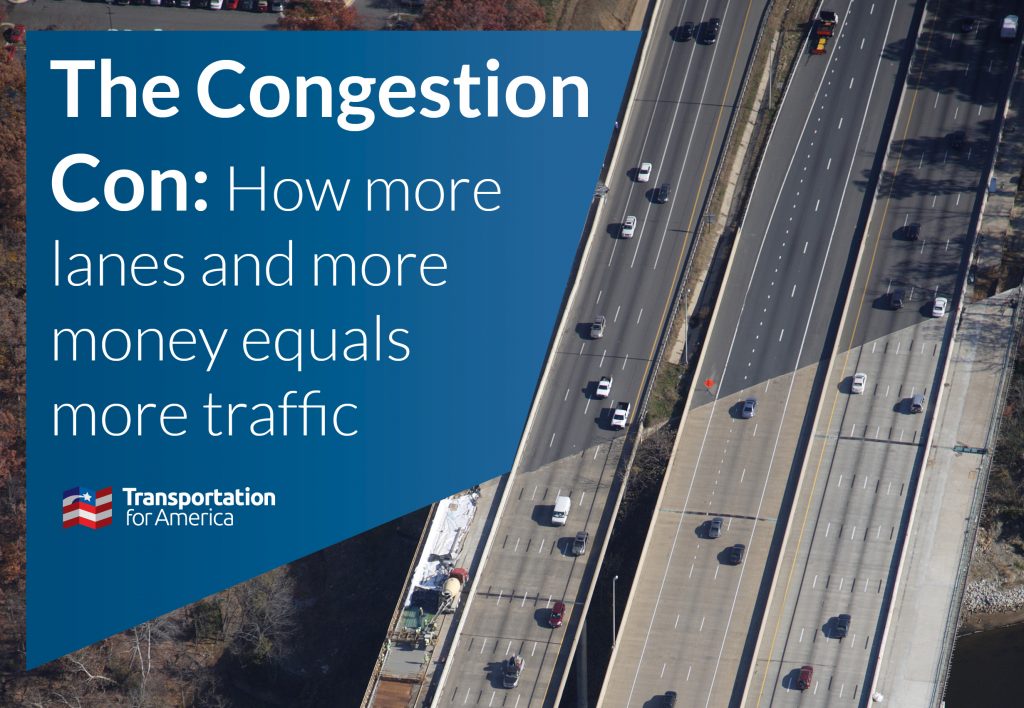
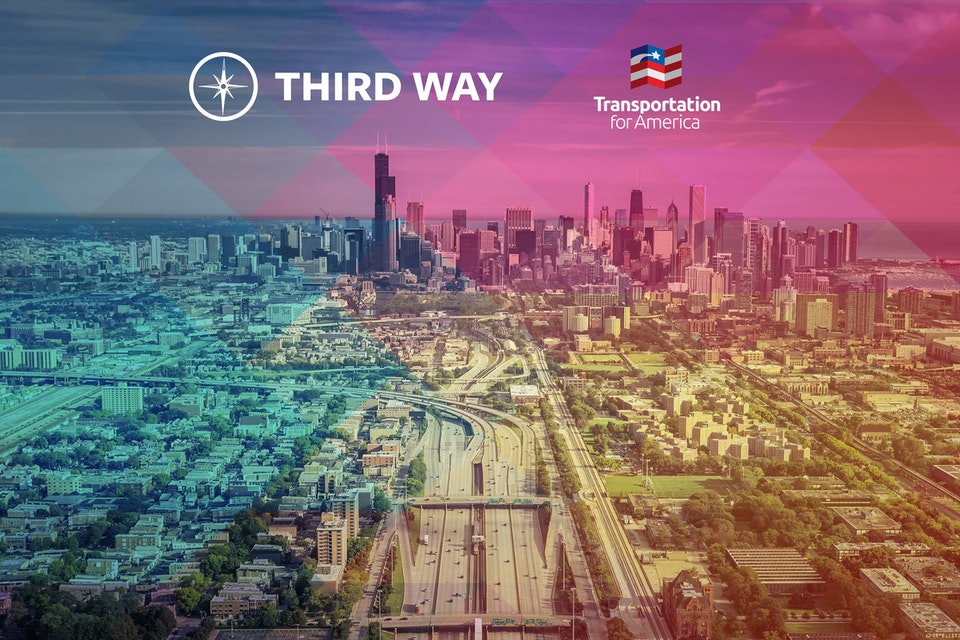

2 Comments